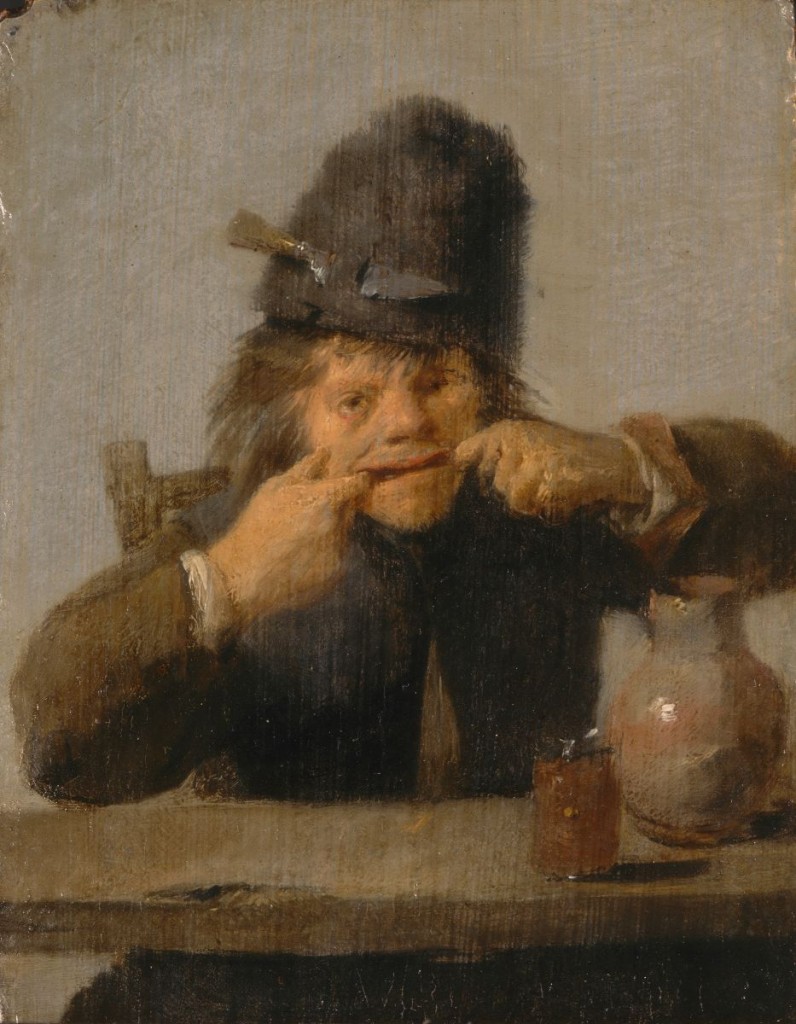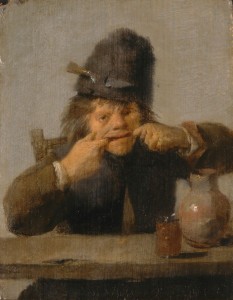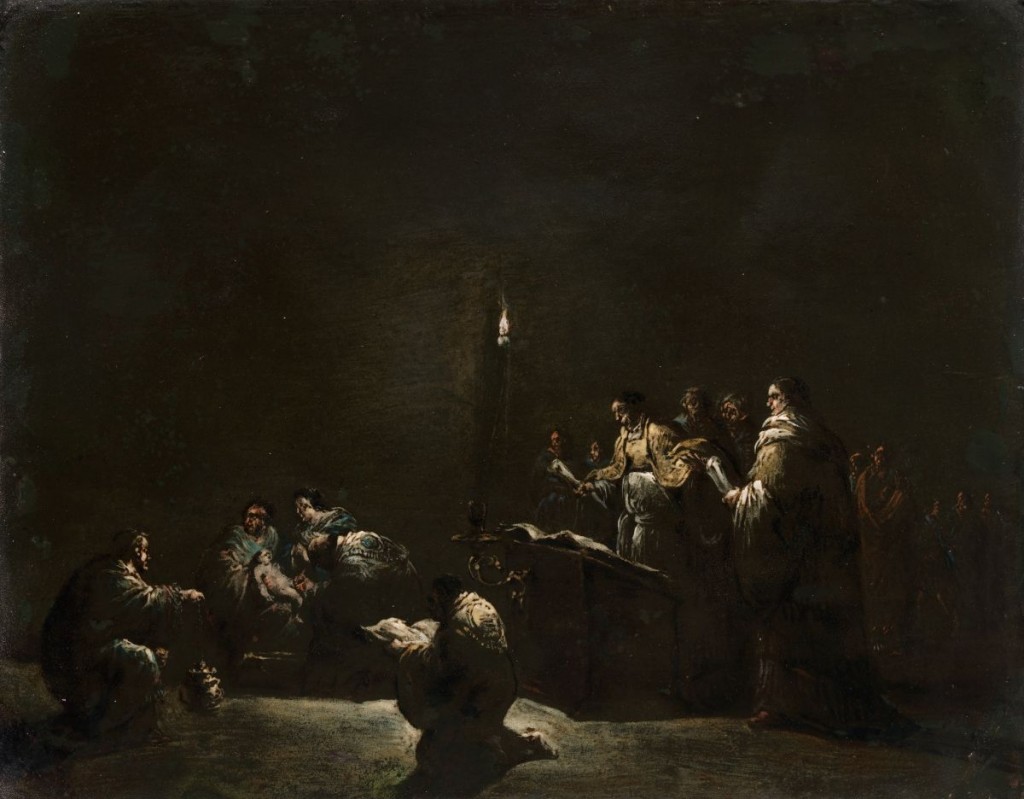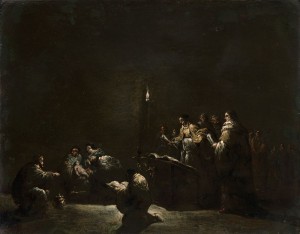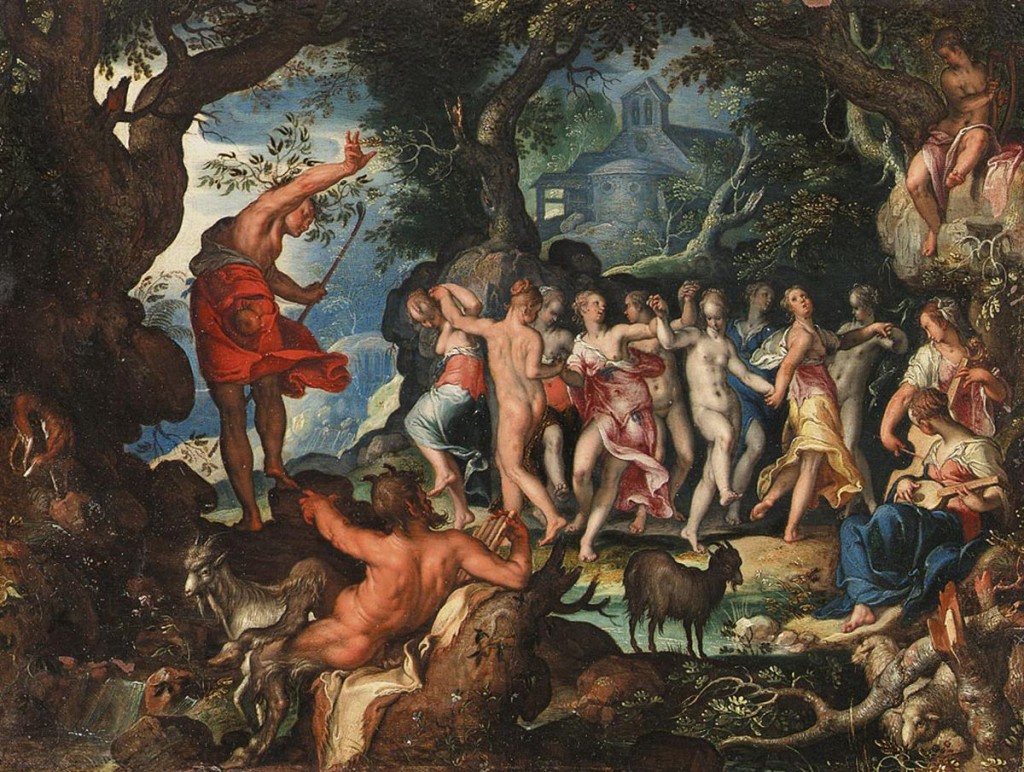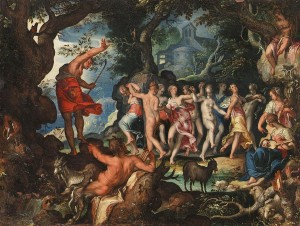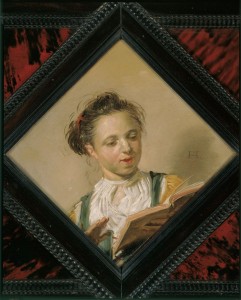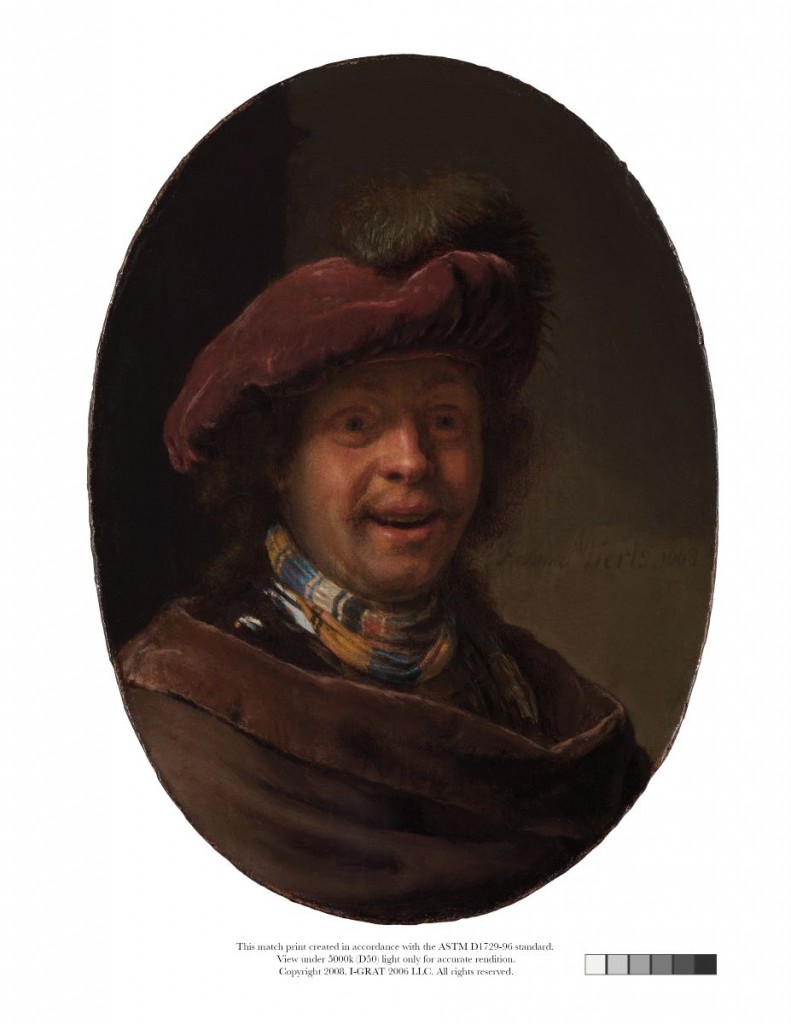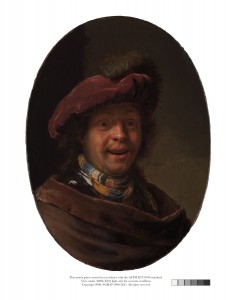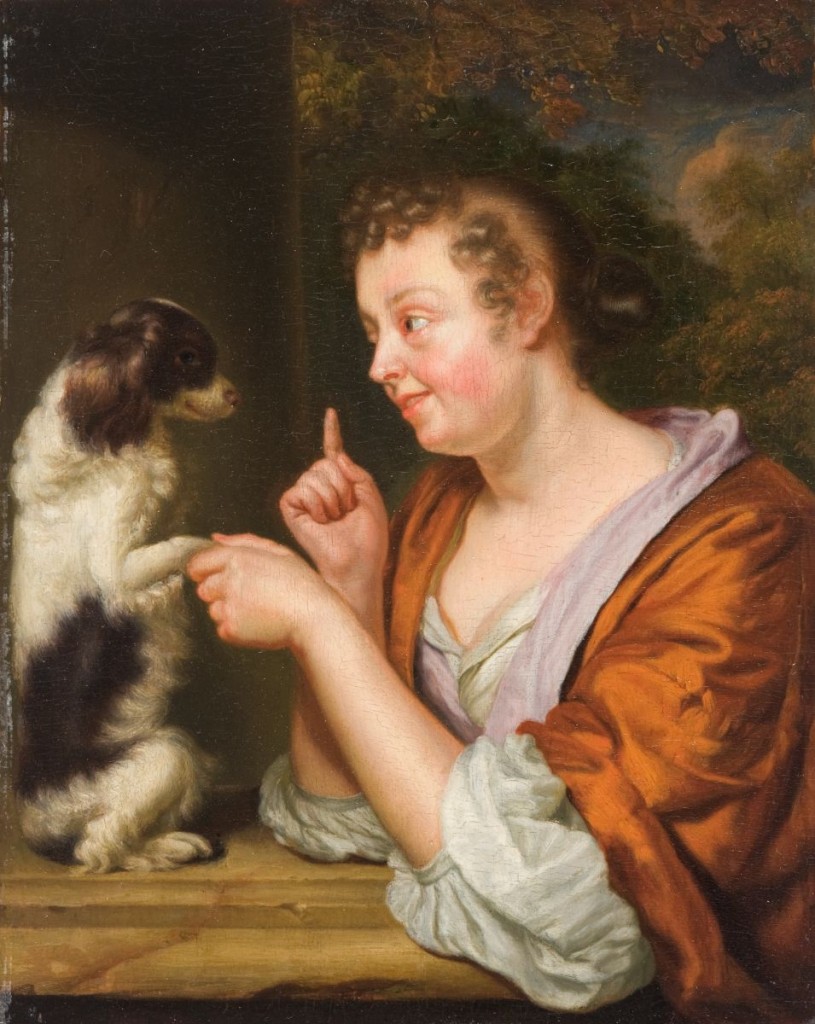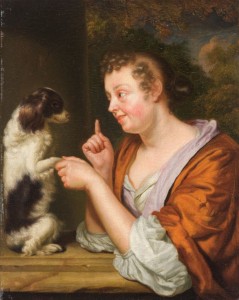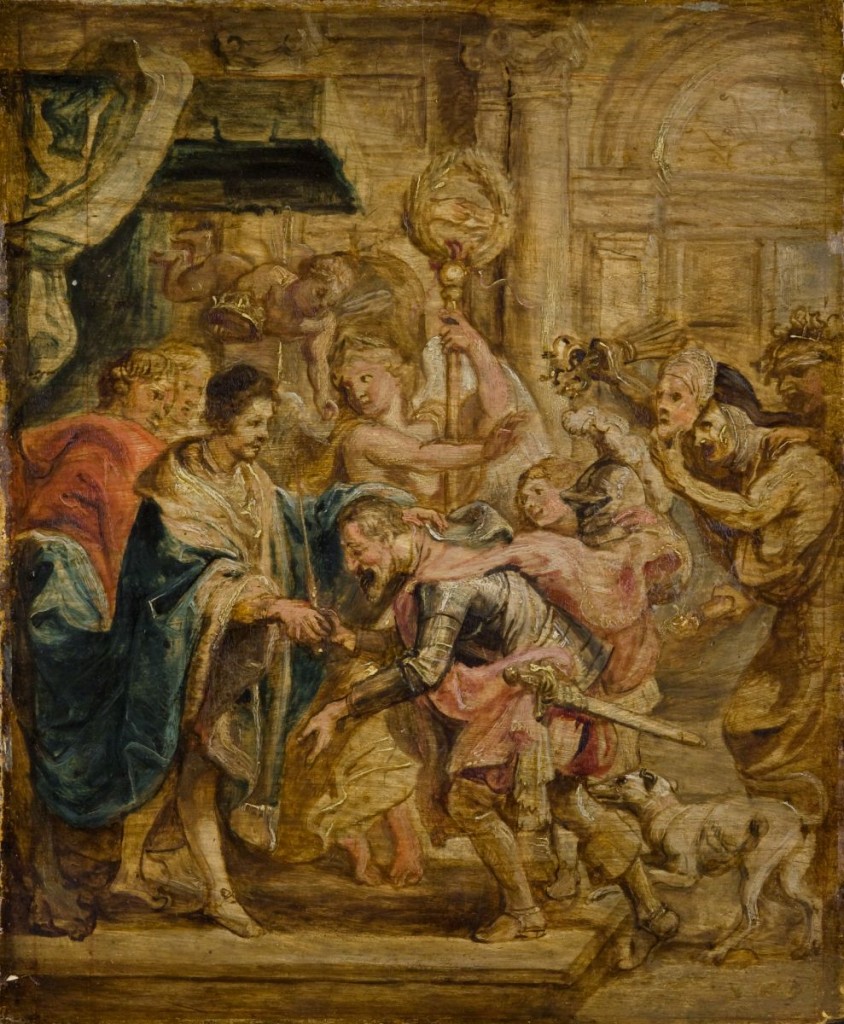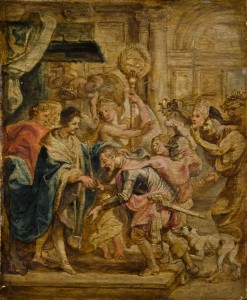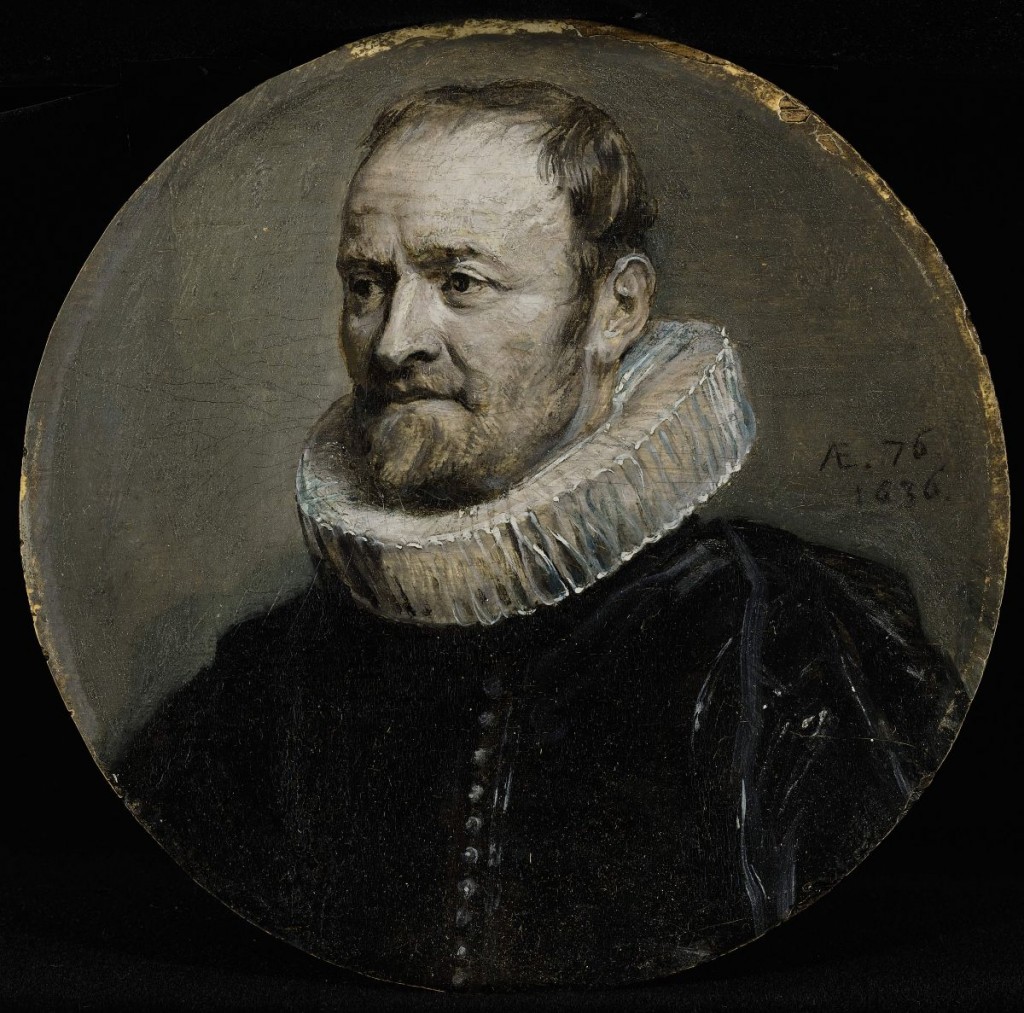Annotated Bibliography
Vermeer, Girl in the Red Hat, c.1665/66
Mills, Allan A. “Vermeer and the Camera Obscura: Some practical
considerations.” Leonardo (1998): 213-218.
This is about how Vermeer uses camera obscura in his paintings. He uses it in Girl in the Red Hat to give it an “out-of-focus” look to make it look like he took a picture of the girl. Mills also describes his use in many of his other painting. I plan to use this to describe the type of painting style he used for my painting.
Cibelli, Deborah H. ““Girl with a Pearl Earring”: Painting, Reality, Fiction.” The
Journal of Popular Culture 37, no. 4 (2004): 583-592.
Cibelli describes the painting Girl with a Pearl Earring which was also painted by Vermeer. It describes the realism of the painting and says that Vermeer uses this technique with all of his paintings. I plan to use this as a comparison to Girl with the Red Hat as they are similar paintings.
Ford, Charles. “Vermeer to Eternity.” (1997): 86-88.
In this article, Ford describes Vermeer as a painter. He believes Vermeer’s art to be symbolic. He also mentions that Girl with the Red Hat is a pair with Girl with a Flute which can be of use.
